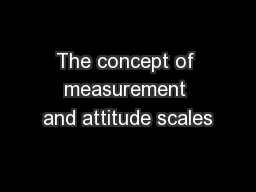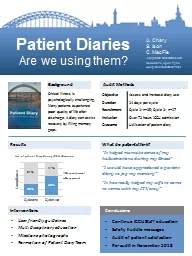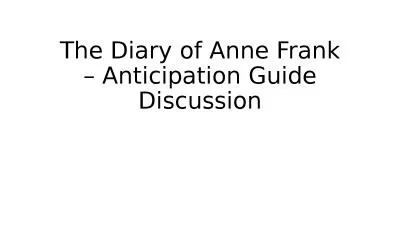PPT-Surveys! Diary methods What are the differences between surveys, interviews, scales, and
Author : min-jolicoeur | Published Date : 2018-11-14
What are the major advantages and disadvantages of surveys Determine content and purpose of question Choose the response format Figure out how to word it Figure
Presentation Embed Code
Download Presentation
Download Presentation The PPT/PDF document "Surveys! Diary methods What are the diff..." is the property of its rightful owner. Permission is granted to download and print the materials on this website for personal, non-commercial use only, and to display it on your personal computer provided you do not modify the materials and that you retain all copyright notices contained in the materials. By downloading content from our website, you accept the terms of this agreement.
Surveys! Diary methods What are the differences between surveys, interviews, scales, and: Transcript
Download Rules Of Document
"Surveys! Diary methods What are the differences between surveys, interviews, scales, and"The content belongs to its owner. You may download and print it for personal use, without modification, and keep all copyright notices. By downloading, you agree to these terms.
Related Documents














